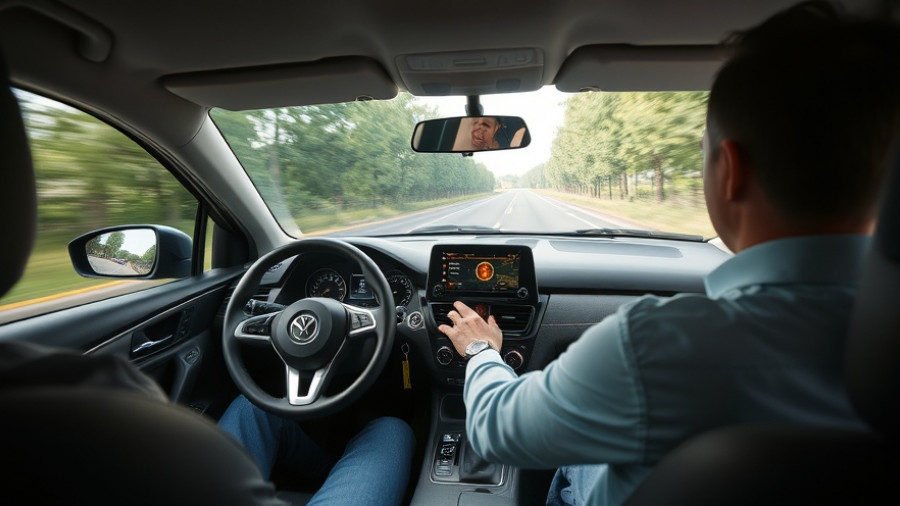
Driving with Parkinson's Disease: Navigating Independence
Driving is often seen as a crucial pillar of personal freedom and independence, especially for people living with Parkinson's disease (PD). While many individuals diagnosed with PD continue to drive for years, the complexities of the disease can pose significant challenges. Understanding how PD affects driving abilities is essential for both patients and their loved ones.
Understanding the Impact of Parkinson's on Driving Skills
Parkinson's is a progressive neurological disorder that impacts motor functions, cognitive abilities, and even visual perception. Key symptoms such as tremors, rigidity, and bradykinesia (slowness of movement) can hinder the skills necessary for safe driving. For instance, tremors in the hands may make it difficult to hold the steering wheel steadily, while rigidity can impede response times to sudden changes on the road.
Cognitive changes, which may include difficulties with problem-solving and attention, also play a significant role. These shifts can affect how well individuals process the fast-paced information they encounter while driving. Thus, assessing one’s ability to drive becomes paramount, especially as symptoms progress over time.
Self-Assessment and Professional Evaluation
For many diagnosed with early-stage PD, the prospect of driving remains within reach, particularly if symptoms are well-managed. Evaluating whether it is safe to continue driving is an ongoing process. Seeking feedback from family and friends can provide insights into driving confidence and capability.
Professional driving assessments can be a vital resource. Driving Rehabilitation Specialists (DRS) offer both on- and off-road evaluations to determine how PD affects driving abilities. Resources provided by local DMVs can also assist individuals in understanding their driving capacities and ensuring that they remain safe on the road.
What to Do When It's Time to Limit or Stop Driving
Admitting that it may be time to cut back on driving can be a difficult conversation for many individuals with PD. However, alternative transportation options can help maintain independence even without a personal vehicle. Options such as public transportation, rides from family and friends, ride-sharing services, and community van services are available.
Discussing these alternatives openly with family can ease the transition away from driving. Encourage loved ones to explore various transportation methods, which can alleviate the stress of relying solely on personal vehicle use.
Emotional Considerations Surrounding Driving with Parkinson's
The emotional toll of giving up driving cannot be understated. Many individuals equate driving with autonomy and self-sufficiency. Engaging in open discussions about fears and anxieties related to driving can help patients and caregivers navigate this sensitive topic.
Incorporating support from community resources or counseling services may foster acceptance of the changes brought on by PD. Creating a supportive network can play an essential part in helping individuals cope with the challenges they face as they adapt to modifications in their lifestyle.
Conclusion: Taking Control of Your Independence
While driving with Parkinson’s can become increasingly complex, individuals still have options. By taking proactive steps, reassessing capabilities, and exploring alternatives, it's possible to ensure both safety and a sense of independence linger. If you or a loved one is navigating these challenges, don’t hesitate to reach out for assistance and explore the myriad of resources available. Embrace the journey and remember that maintaining independence is achievable through careful planning and community support.
 Add Row
Add Row  Add
Add 




Write A Comment